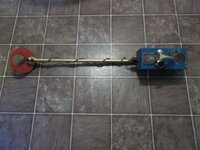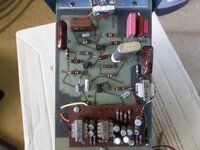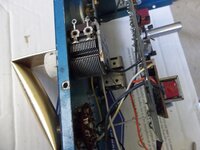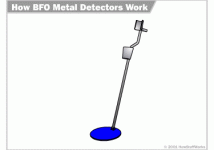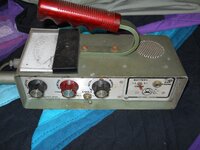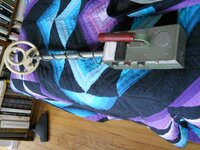montanatramp
Tenderfoot
- Jun 7, 2011
- 9
- 12
- Detector(s) used
- WHITE'S DFX
- Primary Interest:
- All Treasure Hunting
1960's BFO METAL DETECTOR
Does anyone collect these old detectors? I ran across a D-TEX Deluxe BFO model at an estate sale. It is complete including the owners manual dated 1966 and in excellent condition. It contains 2 coils, headphones, and a wooden carrycase. I powered it up and adjusted to a threshold and it reacts nicely to coins. Any info would be appreciated.
Does anyone collect these old detectors? I ran across a D-TEX Deluxe BFO model at an estate sale. It is complete including the owners manual dated 1966 and in excellent condition. It contains 2 coils, headphones, and a wooden carrycase. I powered it up and adjusted to a threshold and it reacts nicely to coins. Any info would be appreciated.






 Just love those old metal variable capacitors!
Just love those old metal variable capacitors!